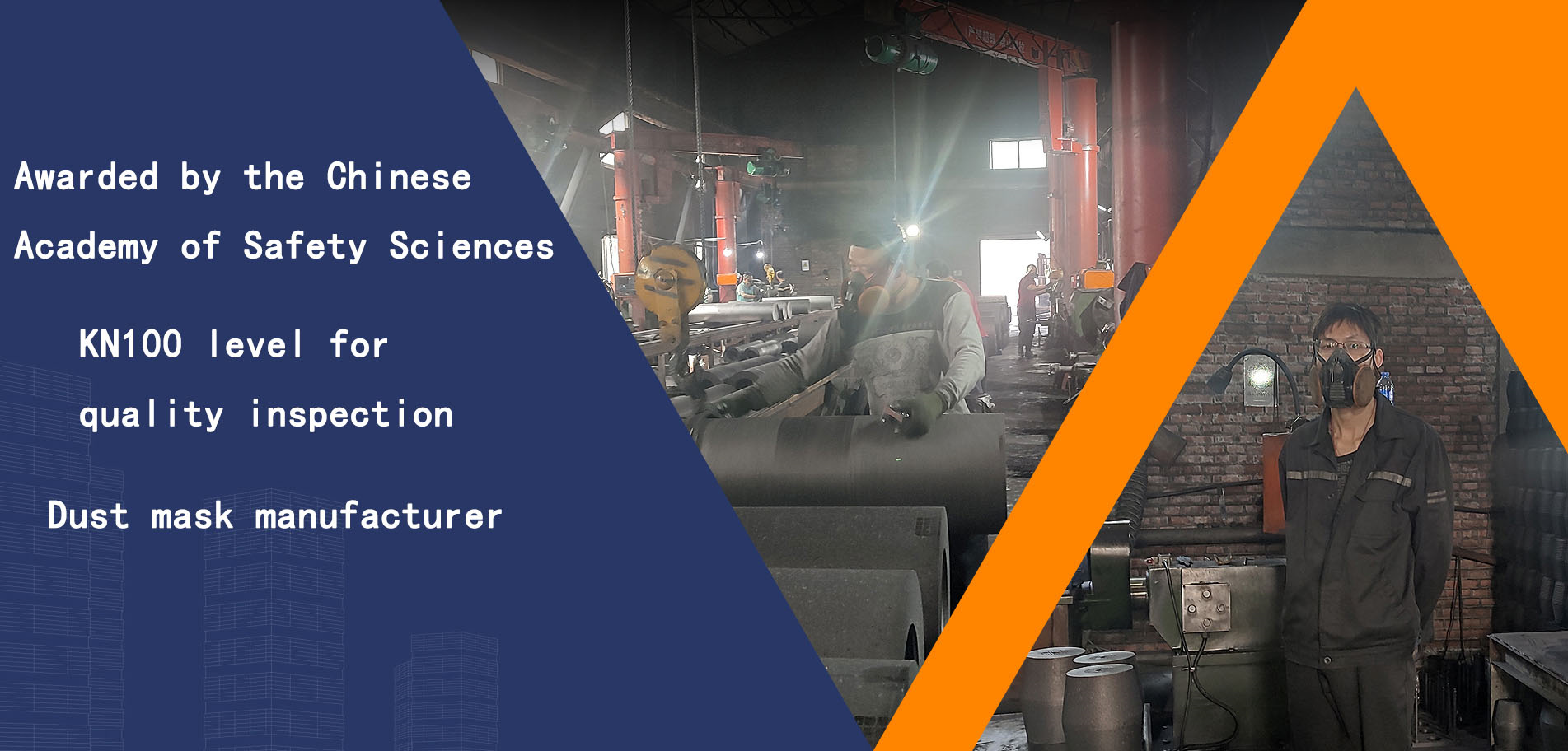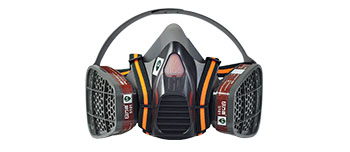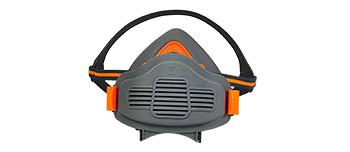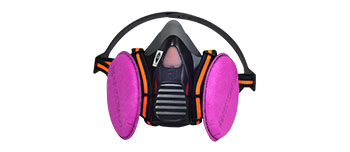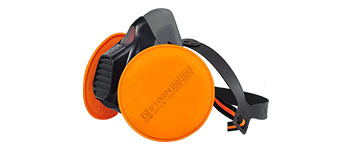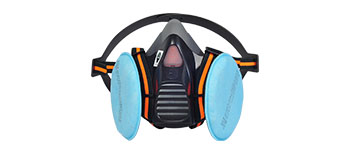How to Choose Masks for Preventing Pneumoconiosis
Pneumoconiosis is a systemic disease characterized by diffuse pulmonary fibrosis caused by long-term inhalation of productive mineral dust in occupational settings and its retention in the lungs. It is an irreversible and disabling occupational disease with no specific treatment available, making prevention absolutely crucial. Among various protective measures, the correct selection and wearing of masks serve as the first and most critical line of defense in protecting workers' respiratory health.
Given the wide variety of masks on the market, how can one make the right choice to ensure effective protection? The key lies in understanding the following core elements:
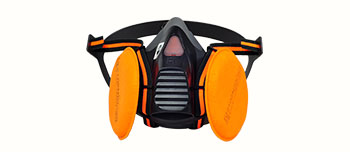
1. Recognize Protection Standards: Not All Masks Protect Against Dust
First and foremost, it must be clear that everyday masks, such as cotton masks or ordinary surgical masks, are primarily designed to protect against droplets, provide warmth, or filter pollen. They offer almost no protection against fine dust particles generated in industrial production. To prevent pneumoconiosis, it is essential to choose respiratory protective equipment specifically designed for industrial dust protection.
When selecting a mask, always look for the protection standard等级 indicated on the product. Common authoritative standards include:
Chinese National Standard GB2626-2019 (Respiratory Protection—Self-Inhalation Filtering Particle Respirator): This is the most core standard for industrial dust masks in China. Based on filtration efficiency, masks are classified into two main levels for non-oily particulate matter: KN95 and KN90.
KN95: Filtration efficiency ≥ 95% for non-oily particles.
KN90: Filtration efficiency ≥ 90% for non-oily particles.
Recommendation: For most industrial dust (e.g., coal mine dust, cement dust, quartz dust), prioritize KN95 masks, as they provide a higher level of protection.
U.S. NIOSH Standard (e.g., N95) or European EN149 Standard (e.g., FFP2): These are internationally recognized standards with protection levels similar to KN95 (N95 and FFP2 both have filtration efficiencies ≥ 94%) and are equally suitable for dust protection.
Key Takeaway: Look for the "KN95" label or equivalent/higher designations, as this is the basic requirement for effective protection.
2. Ensure a Proper Fit: Even the Best Filter Is Useless If It Leaks
The filtration efficiency of a mask is measured under ideal laboratory conditions, assuming a perfect seal between the mask and the wearer's face. If the seal is not tight, dust-laden air can enter directly through gaps, rendering even a high-performance filter ineffective.
Therefore, fit must be considered when selecting a mask:
Choose a Style That Fits Your Face: Masks come in various designs, such as cup-shaped and foldable. Try different styles to find the one that best fits your face shape, paying special attention to the nose bridge and chin areas.
Perform a Seal Check Every Time You Wear It:
Positive Pressure Check: After putting on the mask, cover the exhalation valve and exhale gently. The mask should slightly bulge, but no air should leak from the edges.
Negative Pressure Check: Cover the filtering part of the mask and inhale gently. The mask should slightly collapse inward, with no air entering from the edges.
Facial Hair Considerations: Thick beards or sideburns can severely compromise the seal. For optimal protection, wearers should shave cleanly or consider using other types of respirators (e.g., powered air-purifying respirators).
3. Consider Comfort and Sustainability
A mask that offers excellent protection but is uncomfortable to wear is unlikely to be used consistently and correctly over time. Comfort directly impacts adherence to protection protocols.
Breathing Resistance: High-performance filters inevitably introduce some breathing resistance due to the filtration of fine particles. Masks with exhalation valves can significantly reduce exhalation resistance, expel humid air, and reduce stuffiness, making them particularly suitable for workers engaged in heavy physical labor.
Material and Weight: Choose masks made from soft, skin-friendly, and odor-free materials. Lighter weight also reduces the burden of long-term wear.
Replacement Cycle: Dust masks are either disposable (not washable, typically replaced after a certain period or when breathing resistance increases noticeably) or reusable (only the filter is replaced, while the mask body can be reused). Establish a clear replacement plan based on the dust concentration in the work environment and frequency of use. Do not exceed the recommended usage period to save costs, as this can lead to protection failure.
Selection and Usage Summary
Identify Hazards: Understand the type and concentration of dust in the work environment.
Choose the Standard: Prioritize industrial dust masks labeled with GB2626 KN95 or equivalent standards (e.g., N95, FFP2).
Check the Fit: Select a style that fits your face shape and always perform a seal check when wearing it.
Ensure Comfort: Consider masks with exhalation valves based on labor intensity, and maintain personal hygiene by replacing masks promptly.
Wear Correctly: Strictly follow the instructions for use, ensuring the mask fully covers the nose and mouth, and adjust the nose clip to fit the bridge of the nose.
Finally, it must be emphasized that wearing a mask is the last line of defense in personal protection. The most fundamental preventive measures involve eliminating dust at the source, such as improving production processes, adopting wet methods, and enhancing ventilation and dust removal. Employers must provide workers with compliant protective equipment and training, while workers themselves must develop a strong sense of self-protection, correctly select and consistently wear effective dust masks, to truly safeguard their respiratory health and stay away from the threat of pneumoconiosis.
 English
English
